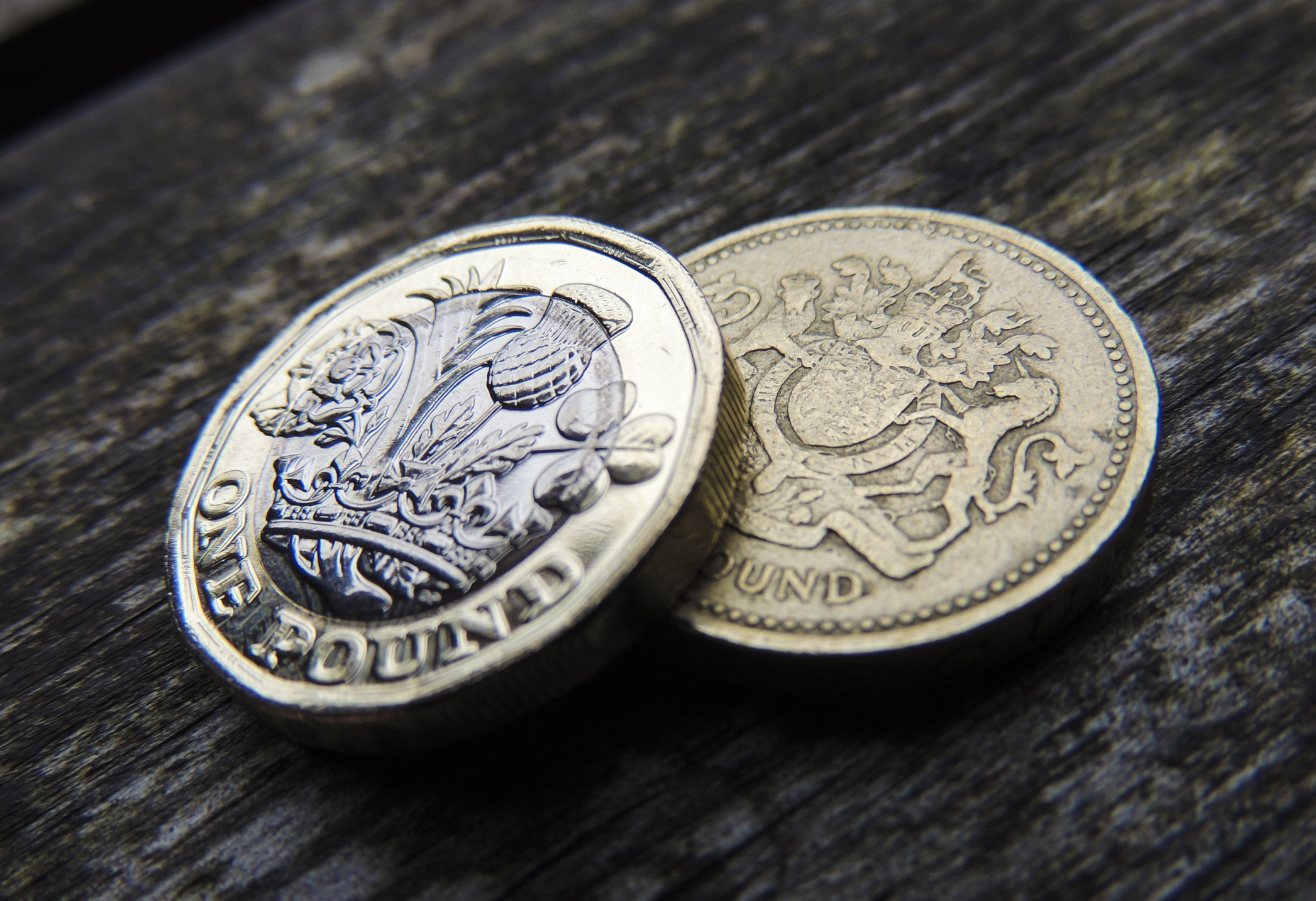Could coal replace oil?
Peak Oil is hitting headlines across the globe. But a well-established technology could allow the US to increase its equivalent oil reserves by more than 20 times by exploiting its coal reserves...
At current oil prices, one answer to the evolving shortage of liquid fuels is coal liquefaction, HSBC bank suggests.
The CTL (coal-to-liquids) technology is well-established. It was originally invented in Germany in the 1920s and developed there and in the US in the 1930s. In the Third Reich it was used to make up to 600,000 barrels a day of petrol and avgas during the Second World War.
The technology was improved greatly in South Africa in the apartheid years to reduce dependence on imported oil. I have fond memories of researching and writing about the giant Sasol enterprise in 1964 when making my reputation as a young financial journalist. I still have a copy of my "Earth, Air, Fire and Water" study, which for the first time explained the complex processes to the public in layman's terms.
MoneyWeek
Subscribe to MoneyWeek today and get your first six magazine issues absolutely FREE

Sign up to Money Morning
Don't miss the latest investment and personal finances news, market analysis, plus money-saving tips with our free twice-daily newsletter
Don't miss the latest investment and personal finances news, market analysis, plus money-saving tips with our free twice-daily newsletter
Today there are three CTL plants in what is now democratic South Africa, converting coal into 150,000 barrels a day (equal to the output of a medium-sized oilfield). In addition to petrol, diesel and avgas, the process produces a wide range of by-products such as petrochemicals, waxes, feedstocks for plastics manufacture, and fuel gas.
While it's forecast that the world will run short of conventional oil within a century, with most of the remaining large deposits in politically unstable regions, there is little recognition that coal is an abundant substitute. Enough for more than a thousand years.
The US has the world's largest coal deposits, with 268 billion tons of recoverable reserves. HSBC says that at a standard conversion rate of two barrels of synthetic fuels from one ton of coal, those reserves are equivalent to the 20 times the nation's current crude oil reserves.
At capital costs of $700 million for capacity of 10,000 barrels/day and a 30-year life, operating costs of $15/barrel and current coal costs, breakeven for a coal-to-liquids plant in the US would be in the range $39-44 a barrel, assuming no tax incentives.
However, the new Highway Act provides a subsidy of $21 a barrel for commercial-scale CTL projects. Taking that into account, with oil at $50 a barrel (that is, well below current prices around $70), the internal rate of return on such a project would be in the mouth-watering range 22-25 per cent.
It would also be environmentally friendly, as the technology converts dirty coal into "ultra-clean" synthetic diesel and jet fuel that can be used in current engines without adaptation. And "the fuels are easily transportable and marketable, as they are compatible with existing petro-fuel distribution infrastructure" (unlike ethanol-blended petrol, bio-diesel and more radical alternative fuels).
HSBC suggests that beneficiaries of CTL development in the US could include mining companies such as Peabody Energy and Arch Coal, and providers of proprietary technologies such as GEA Group (Lurgi), GE Energy, Royal Dutch Shell, ConocoPhillips, Rentech, Syntroleum and South Africa's Sasol. The latter, now listed in New York as well as Johannesburg, is becoming a global giant in synthetic fuel projects (see later article about gas-to-liquids).
China, which like the US has huge coal reserves but increasing dependence on imported oil, is adopting the CTL solution. Its first plant will start production next year.
State-owned Shenhua, the biggest coal mining company, in association with Sasol and Shell, wants to build additional plants to make liquid fuels equivalent to 10 million tons of crude oil a year by 2010, at a cost of about $10 billion, and 30 million tons by 2020.
HSBC says the typical final product mix from Fischer-Tropsch synthesis contains between 70 and 80 per cent diesel fuel and 10 to 20 per cent jet fuel, with "chemical and burning qualities superior to their counterparts derived from petroleum through refining."
The world isn't going to run out of oil while there's all that coal that can be turned into liquid fuels.
By MartinSpring in On Target, a private newsletter on global strategy
Get the latest financial news, insights and expert analysis from our award-winning MoneyWeek team, to help you understand what really matters when it comes to your finances.
MoneyWeek is written by a team of experienced and award-winning journalists, plus expert columnists. As well as daily digital news and features, MoneyWeek also publishes a weekly magazine, covering investing and personal finance. From share tips, pensions, gold to practical investment tips - we provide a round-up to help you make money and keep it.
-
 ChatGPT turns three: what’s next for the ‘AI era’?
ChatGPT turns three: what’s next for the ‘AI era’?Three years after its launch kickstarted the age of AI, ChatGPT and its maker OpenAI are driving the stock market. But concerns are growing over whether OpenAI will be able to turn its AI dominance into profit.
-
 What to do with old £1 coins
What to do with old £1 coinsThe old one pound coin was demonetised in 2017, but there are still millions out there in the UK. Here’s what to do if you find an old £1.

